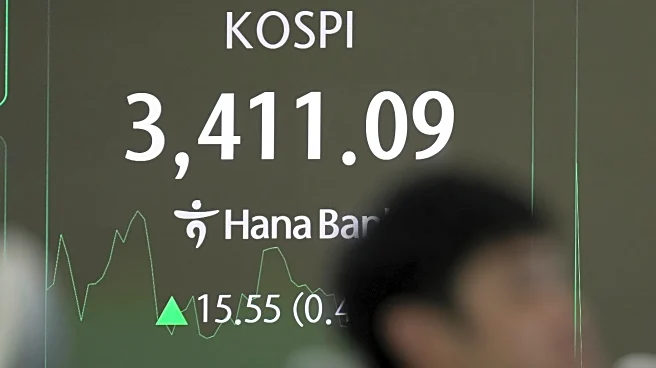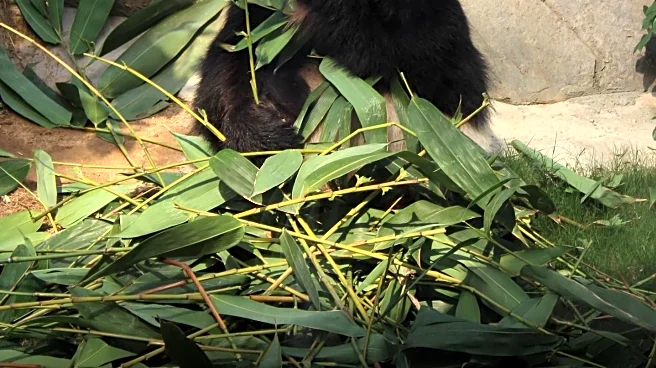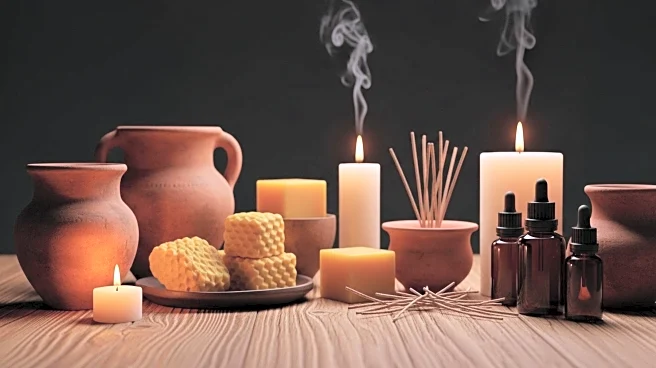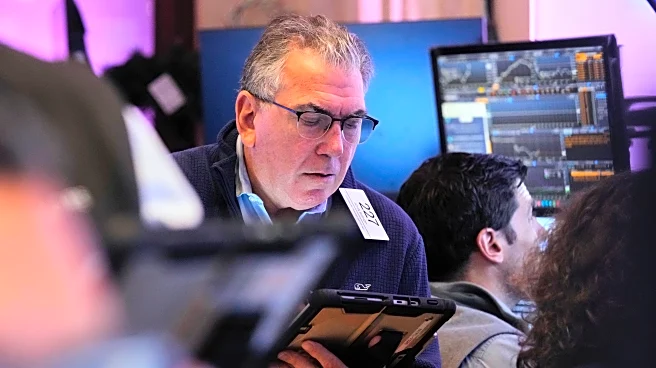Candle making is a craft with a long and varied history, filled with interesting facts and developments. From its ancient origins to its modern-day practices, candle making has been an essential part of human life. This article delves into the core facts, notable details, comparisons, and key data points that define the art and science of candle making.
Core Facts
Candle making dates back to ancient civilizations, where it was developed independently in different parts of the world. Early candles were made from tallow or beeswax, providing a source of light long before the advent of electricity. The craft evolved over centuries, with significant advancements occurring during the industrial revolution.
Notable Details
One of the most notable advancements in candle making was the invention of a mechanized production process by Joseph Morgan in 1834. This innovation allowed for the continuous production of molded candles, significantly increasing efficiency and reducing costs. The introduction of paraffin wax, a byproduct of petroleum refining, further revolutionized the industry by providing a cheaper and more effective material for candle production.
Comparisons and Contrasts
Candle making techniques have varied across cultures and time periods. In ancient China, candles were made from whale fat, while in Japan, wax from tree nuts was used. In medieval Europe, tallow and beeswax were the primary materials. The industrial revolution brought about a shift to paraffin wax, which remains a popular choice today due to its affordability and availability.
Key Data Points
The mechanization of candle production in the 19th century allowed for the creation of approximately 1,500 candles per hour, making them an affordable commodity for the masses. This shift not only increased accessibility but also transformed candle making into a significant industry. Today, candle making continues to thrive as both a commercial enterprise and a popular hobby, with a wide range of materials and techniques available to enthusiasts.
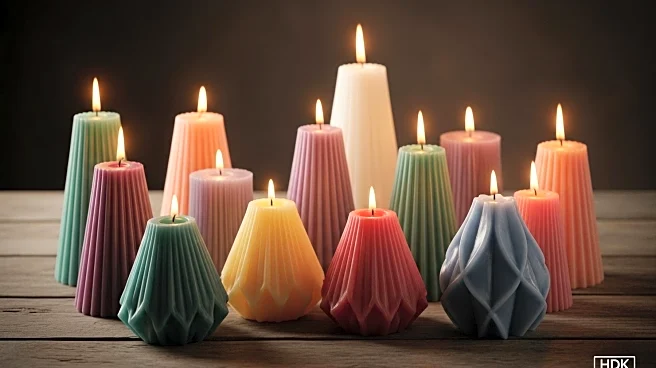
 Discover Daily
Discover Daily 






